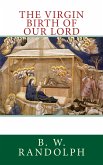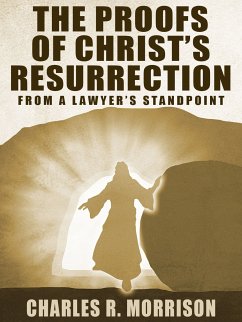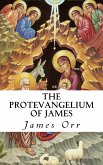Historical Context
The Gospel of John was likely composed in a context where early Christians were grappling with their identity amidst growing opposition from both Jewish authorities and Roman governance. This backdrop influenced John's writing style and content, as he sought to affirm the divinity of Christ while addressing both believers and seekers who might be questioning their faith. The author is traditionally identified as John, the son of Zebedee, one of Jesus' original twelve disciples; however, some scholars debate this attribution based on stylistic differences and historical context.
Themes and Structure
A central theme in John's gospel is the concept of belief. The narrative invites readers to understand who Jesus isboth fully human and fully divineand to respond with faith. This gospel introduces several key theological ideas such as eternal life, light versus darkness, and love as a fundamental characteristic of God. The structure includes a prologue (John 1:1-18), which establishes Jesus' divine nature, followed by a series of signs (miracles) that reveal His glory and culminate in His passion narrative.
Dieser Download kann aus rechtlichen Gründen nur mit Rechnungsadresse in A, B, CY, CZ, D, DK, EW, E, FIN, F, GR, H, IRL, I, LT, L, LR, M, NL, PL, P, R, S, SLO, SK ausgeliefert werden.









